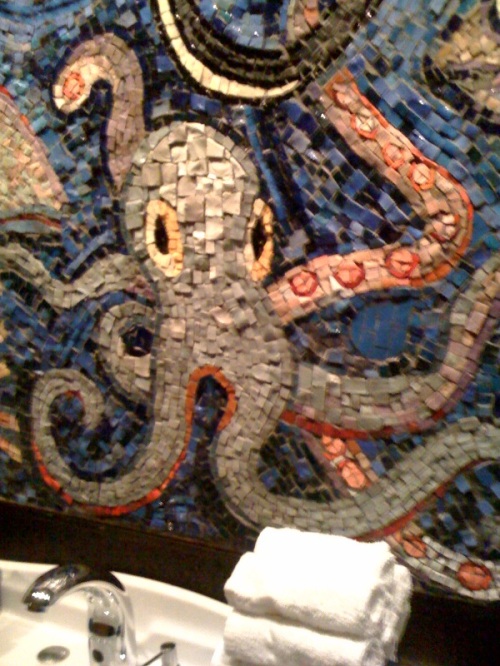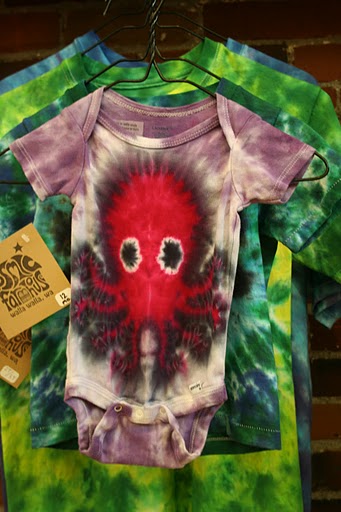I finally read The Big Oyster by Mark Kurlansky, who’s perhaps better known for his books Cod and Salt, neither of which I’ve read, as it turns out. The Big Oyster, however, I can recommend if you’re a lover of oysters and/or a lover of New York. I have a complicated relationship with New York, which I think might have actually enhanced my reading experience, because this book catches New York at its ups and downs.
A couple of things I thought about while reading this book:
1. It BLOWS MY MIND to think of a New York in which people could eat things out of the estuary. It also blows my mind to think that when people thought of New York back then, they might have immediately thought of oysters. Of course I understand that cities evolve, but imagining New York as anything other than the monolith it is today is really tough.
2. I do believe this book tips its hat quite a bit to Consider the Oyster, given the number of old recipes reprinted throughout.
3. I learned why baby oysters are called spats! Oystermen referrred to the mating process of oysters as “spitting.” therefore baby oysters had been “spat.” Delightful!
4. It’s amazing just how fast the overfishing started. In the oyster shell middens left behind by the native folks who lived on Manhattan, a decrease in shell size can be observed from the bottoms of the piles to the top. Oyster gathering had to be regulated practically as soon as it began by settlers. Foresight: we humans don’t often have it.
5. As someone who makes lots of things with my hands, I appreciate when some processes defy mechanization. Just as any goods made of wool start with some human being literally wrestling a sheep in order to shear it, there really isn’t a better way to shuck an oyster than by hand, with a knife.
6. The book is ultimatley quite depressing, naturally, given the state of wild oysters (that state is functionally extinct), but all hope isn’t lost and although we royally screwed up the harbor for a long time, it’s in a much better state now than it has been in an extremely long time, and more oyster reefs will only help with that.
By happenstance, the weekend before I read this book, I went to The Farmers’ Museum in Cooperstown, NY. Don’t worry; I went to the Hall of Fame too. Naturally, I was there to see this sort of thing:
But mollusks are really never very far away. They’re one of the ways to ride the carousel:
(That’s an action shot taken from the frog I was riding). And oysters were prominently featured in the exhibition about foods of New York. As a native New Yorker, I have to feel pretty proud that my state has contributed such amazing delicacies as jello and potato chips to the culinary lexicon, and it was pretty neat to see some oyster memorabilia, all of which made more sense after reading The Big Oyster.
Another super fun thing about the Farmers’ Museum is that it plays host to one of the greatest of all hoaxes, The Cardiff Giant. What a great piece of humbug history!






















